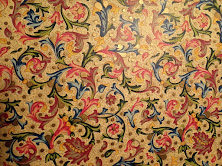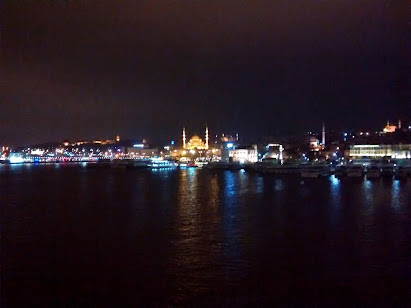Florence
Michael's recommendations mean we make a slow start today. Coming to the outskirts of Perugia we agree that it would be a dereliction to bypass the town so we loop up into the medieval centre before carrying on to the shores of Lake Trasimene.
'Hannibal defeated the Romans at the battle here in 217BC.'
'With or without elephants?'
The shores are peaceful, the water twinkles but we don't stop at the beach and we only pause for coffee in Arezzo, lovely as it is, because Florence is now not far away and we are all keen to get there. We wind down through lush green Tuscan hills and villages punctuated with columns of poplars and cypresses. The villages come thicker and faster until they merge into one. At the point where we get our first view, Florence is a distant smudge, the Bruneleschi dome rising alongside its Campanile out of the wide sweep of terracotta rooves. The really romantic view is from Fiesole but our approach is south of there on flatter ground.
Florence, the seat of power of the Medici princes, displayed its wealth through its buildings.
'So what's changed?'
'Look at London.'
'Look at Paris.'
'Vienna.'
'Everywhere we've been.'
The Duomo is a statement of the city's might but it is also an architectural wonder: Bruneleschi, the architect, was an innovator and the interior is light and airy, with a feeling of vast space largely thanks to the unsupported dome sweeping heavenward. Breathtaking. The opulent Medici chapels in the Duomo leave us in no doubt of their status. The family exercised immense power over a small area but with far reaching influence. Even the Pope trod warily with the Medicis. In the days when Italy was made up of principalities, continually at each other's throats, Dante Alighieri, he of the Divine Comedy, was exiled on pain of death from Florence. He lived out his life barely a hundred miles away in Lunigiana.Michael catches up with us later in the evening and quizzes us on what we have seen and done so far.
'Have you seen the Brancacci Chapel? and the Fra Angelico at San Marco?'
'We've only just arrived, Michael.'
'Tomorrow, first thing. You must see them.'
Sunday 21st.
The frescos of the Brancacci Chapel are the work of 21-year-old Masaccio. The colours are vivid, the play of light brings the faces alive; the images, familiar from prints and cards, leap off the walls in a way no reproduction ever can. Masaccio died in 1448, aged only 27. While Fra Angelico's fresco figures in the convent of San Marco do not bring to life portraits of Rinascimento figures with quite so much energy, the natural simplicity of the Annunciation is just as captivating.





Comments
Post a Comment